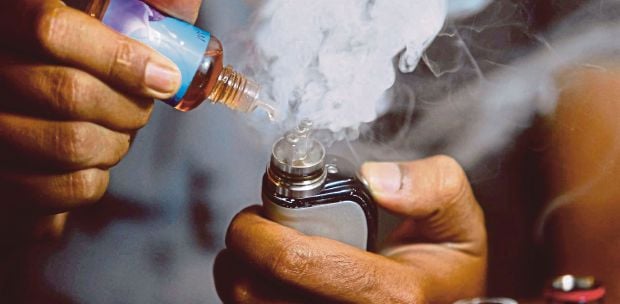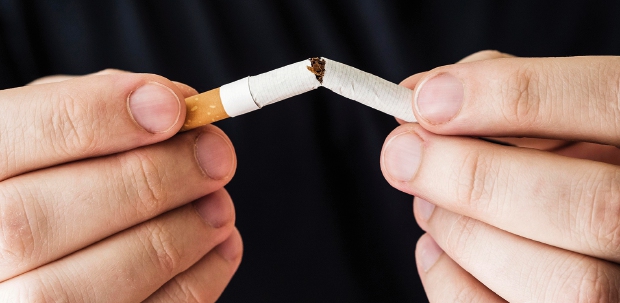LETTERS: The lack of adequate labelling on vape liquids, also known as e-liquid or e-juice, has contributed to an increase of acute nicotine poisoning among children.
A local study emphasises the need for strict labelling regulations.
This study evaluated 18 vape liquids obtained from a Malaysian online shopping platform last month.
The products, randomly selected, represented a wide variety of manufacturers, nicotine concentrations and flavours.
We scrutinised whether the products' outer packaging provided crucial information, as mandated by the UK Tobacco and Related Products Regulations 2016, and if they followed the UK Medicines' Healthcare Products Regulatory Agency's vape liquid notification guideline.
Malaysia lacks specific legislation and regulation to control vape products. This is disconcerting.
For instance, the tested products contained unauthorised artificial flavourings and sweeteners, like mango and banana, that are often found in milk products.
These flavours not only appeal to children but are also associated with respiratory diseases.
More alarmingly, none of the products indicated the amount of nicotine present, even though their online sales portal implied that nicotine was an added ingredient.
The study also revealed shortcomings in safety labelling of the vape liquid.
Only about 72 per cent of the products included warnings about keeping them away from children, and a mere 5.6 per cent mentioned the addictive nature of nicotine.
The following alarming statistics, derived from the study, underline the problem of the 18 vape liquids.
Only 5.6 per cent (one out of 18) of the products included a statement that stated: "This product contains nicotine". Also, only 5.6 per cent displayed the crucial notice: "This product is addictive."
Just 11.1 per cent (two out of 18) included warnings to "Avoid contact with eyes and skin or ingestion", 11.1 per cent (two out of 18) carried the warning "Individuals with unstable heart conditions should not use this product".
Only 11.1 per cent (two out of 18) included warnings for individuals allergic to propylene glycol or vegetable glycerin.
Only 61.1 per cent (11 out of 18) stated that "vape is an alternative for smokers and is not suitable for non-smokers".
A total of 72.2 per cent (13 out of 18) of the products displayed the warning: "Keep the product out of the reach of children".
As many as 88.9 per cent (16 out of 18) of the products stated that "Individuals under the age of 18 are prohibited from buying or using this product, while 88.9 per cent (16 out of 18) included warnings against pregnant or lactating women using their products.
In addition to evaluating safety labelling, the investigation also reviewed product details and nicotine contents.
Disturbingly, none of the 18 products included information on their packaging about the amount of nicotine
Only 11.1 per cent (two out of 18) of the products mentioned the batch number, a crucial detail if a product recall is required.
A recent case involving a 2-year-old girl suffering from acute nicotine poisoning underlines the need for more stringent regulations in the vape product industry.
The government should introduce labelling regulations for vape liquids in the Tobacco Product Control for Public Health Bill 2023.
These regulations should mandate accurate listing of ingredients and nicotine content on product labels, along with clear health warnings.
Vape liquids available for purchase in Malaysia lack explicit information regarding their nicotine content.
Some products provide vague descriptions, omitting units such as mg, or provide numerical values without indicating their correlation to nicotine content.
Furthermore, online merchants fail to specify nicotine content, with some sellers merely displaying numerical values and hashtags in purchasing options, without indicating the nicotine concentration.
These underscore the non-compliance and potential health risks posed to uninformed vape users, especially youth who may not understand the dangers of these substances.
DR SER HOOI LENG,
DR AMAR DAUD ISKANDAR ABDULLAH,
PROFESSOR LONG CHIAU MING LOOK KEYUN,
School of Medical and Life Sciences,
Sunway University
The views expressed in this article are the author's own and do not necessarily reflect those of the New Straits Times





